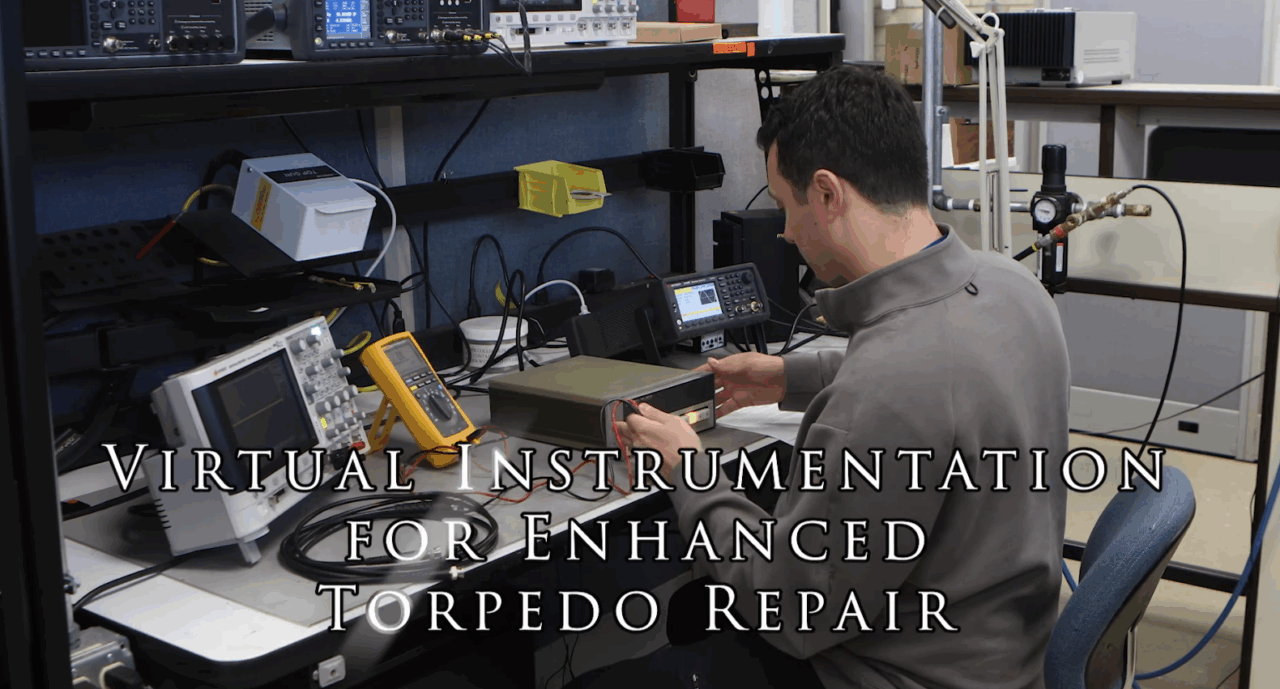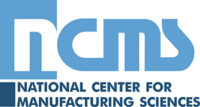Technology Title
Virtual Instrumentation for Enhanced Torpedo Repair
Tech Focus Area
Enhanced Inspection
Abstract
Problem Statement: Outdated and costly testing hardware severely impacts the Navy’s undersea weapons test and repair capabilities, creating operational risks. A 2021 Undersea Weapons Depot study led to a significant research investment in a virtual instrumentation testing system. This new system has improved efficiency, reduced downtime, enhanced test accuracy, and expedited weapon deliveries, setting new standards in testing technology and benefiting the warfighter extensively.
Description of the Innovation Solution: The Virtual Instrumentation project revolutionizes test and repair processes by leveraging software (primarily written in LabVIEW) to command, control, and configure physical instrumentation hardware. This system offers several key advantages:
- It uses a unified system to control all instruments, saving time and effort compared to separate, custom setups with complex programming.
- Its flexible interface adapts easily to different test needs, allowing for seamless interoperability and rapid development or replacement of components.
- This unique, adaptable approach enables dynamic reconfiguration of testing hardware, making it possible to conduct multiple tests using the same setup.
The rapid exploration and application of these solutions were greatly facilitated by leveraging the NUWC Keyport Innovation Center (KIC) test hardware and software contracts with National Instruments, as well as other government and academic partnerships.
Imagine you’re on a boat and a failure occurs; having a single test stand capable of diagnosing and addressing all relevant failures is the vision this system strives to achieve, moving towards greater efficiency and reliability.
Benefits to the DoD: Implementing the virtual instrumentation system is projected to save the Navy at least $1 million annually while boosting undersea weapon inventory. This solution eliminates the need for high-maintenance test equipment, reducing repair turnaround times from several months to under one month. NUWC Keyport has expanded this capability to submarine platform repairs, enhancing operational readiness across the Navy.
Innovation Challenges:
- Culture Change: Overcame resistance to traditional designs and increased awareness of virtual instrumentation.
- Proving Concept: Established credibility through initial successes and secured funding.
- Stakeholder Buy-In: Secured support and trained personnel for the new system.
- Technical Integration: Ensured compatibility with existing infrastructure, addressing data fidelity and scalability.
Technical Maturity and Results:
- Achieved rapid fault identification, enhanced diagnostics, reduced maintenance times, and significant cost savings.
- Validated through prototypes for torpedoes and submarine components, demonstrating scalability and adaptability, reaching TRL 7.
Current Status: As of FY26, delivering advanced capabilities to Fleet’s Regional Maintenance Centers, depots, and technical community, achieving TRL 8/9.
Graphic





